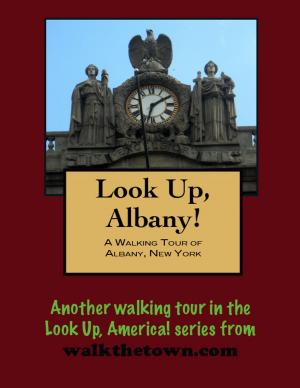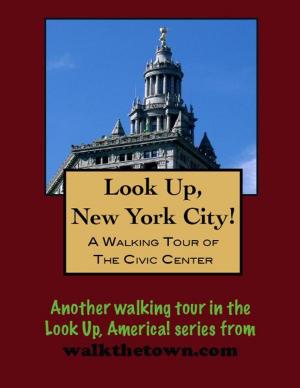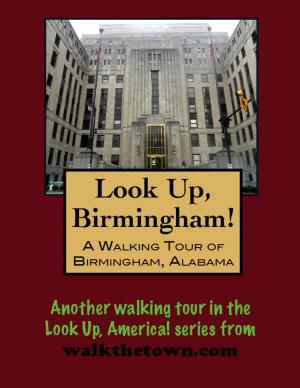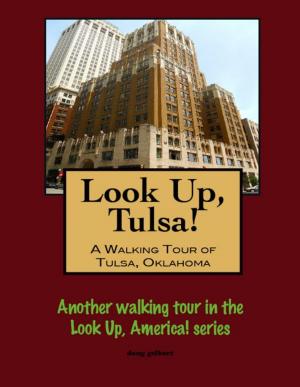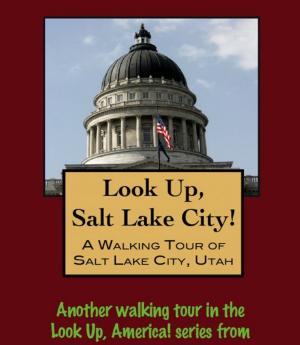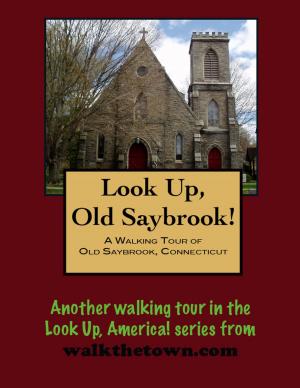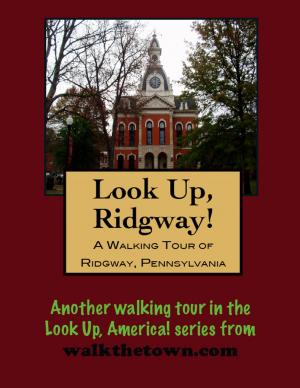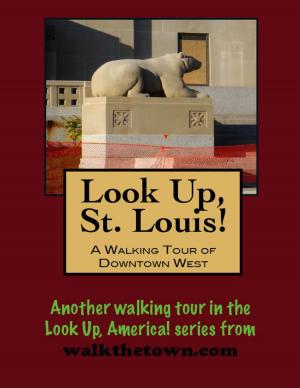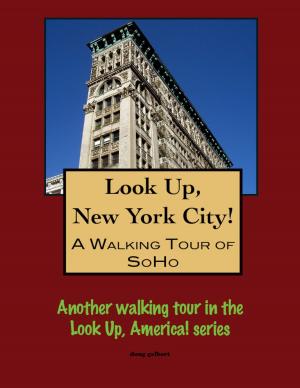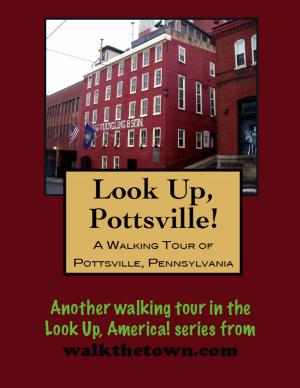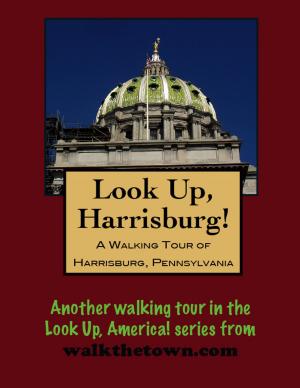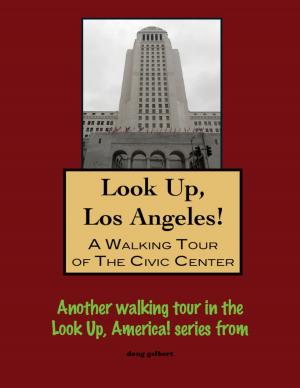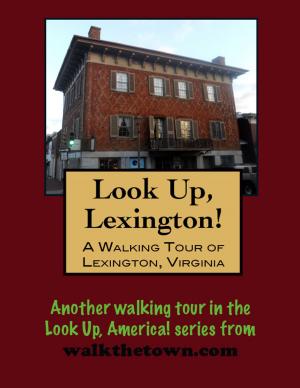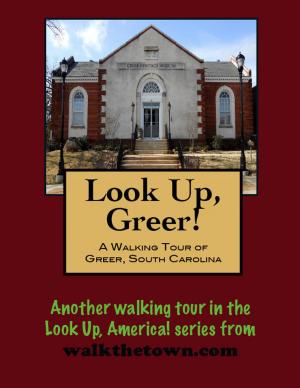| Author: | Doug Gelbert | ISBN: | 9781452307596 |
| Publisher: | Doug Gelbert | Publication: | January 11, 2010 |
| Imprint: | Smashwords Edition | Language: | English |
| Author: | Doug Gelbert |
| ISBN: | 9781452307596 |
| Publisher: | Doug Gelbert |
| Publication: | January 11, 2010 |
| Imprint: | Smashwords Edition |
| Language: | English |
There is no better way to see America than on foot. And there is no better way to appreciate what you are looking at than with a walking tour. Whether you are preparing for a road trip or just out to look at your own town in a new way, a downloadable walking tour from walkthetown.com is ready to explore when you are.
Each walking tour describes historical and architectural landmarks and provides pictures to help out when those pesky street addresses are missing. Every tour also includes a quick primer on identifying architectural styles seen on American streets.
The Free Society of Traders, a stock company that invested in William Penn’s colony, set up shop on Dock Creek (later filled in and called Dock Street) in 1682 to oversee their new assets which soon included a sawmill, a glasshouse and a tannery in the the new settlement of Philadelphia. The Society barely saw the 1700s before they went bankrupt and disappeared. But their name lives on in the city.
It is this long-gone stock company for which Society Hill is named, even though the area attracted locally and internationally wealthy residents when Philadelphia was the capital and dominant city of the new Republic in the late 1700s. As the land juxtaposed the river and the seat of government, it was the most valuable in the city. From greed and speculation, lots were divided and divided again. The result: the serpentine walkways, abrupt angles, and tiny alleys that today make the area so appealingly intimate.
By the mid 1900s. Society Hill had lost its cachet and ultimately became a dilapidated slum. The city redevelopment plan called for every building buitl after 1840 to be torn down and everything before 1840 would be saved and rehabilitated. About 600 Georgian and Federal buildings were renovated but countless Victorian buildings that gave the neighborhood its diversity were lost forever. To insure the area retained its Colonial look all new buildings were made to blend in seamlessly with their older models.
Society Hill is loosely defined as the land between the Delaware River and Washington Square, bounded by Walnut Street to the North and Lombard Street to the South. This walkng tour of Society Hill will begin on the waterfront in Penn’s Landing which has been severed from Society Hill by I-95 but where parking is plentiful...
There is no better way to see America than on foot. And there is no better way to appreciate what you are looking at than with a walking tour. Whether you are preparing for a road trip or just out to look at your own town in a new way, a downloadable walking tour from walkthetown.com is ready to explore when you are.
Each walking tour describes historical and architectural landmarks and provides pictures to help out when those pesky street addresses are missing. Every tour also includes a quick primer on identifying architectural styles seen on American streets.
The Free Society of Traders, a stock company that invested in William Penn’s colony, set up shop on Dock Creek (later filled in and called Dock Street) in 1682 to oversee their new assets which soon included a sawmill, a glasshouse and a tannery in the the new settlement of Philadelphia. The Society barely saw the 1700s before they went bankrupt and disappeared. But their name lives on in the city.
It is this long-gone stock company for which Society Hill is named, even though the area attracted locally and internationally wealthy residents when Philadelphia was the capital and dominant city of the new Republic in the late 1700s. As the land juxtaposed the river and the seat of government, it was the most valuable in the city. From greed and speculation, lots were divided and divided again. The result: the serpentine walkways, abrupt angles, and tiny alleys that today make the area so appealingly intimate.
By the mid 1900s. Society Hill had lost its cachet and ultimately became a dilapidated slum. The city redevelopment plan called for every building buitl after 1840 to be torn down and everything before 1840 would be saved and rehabilitated. About 600 Georgian and Federal buildings were renovated but countless Victorian buildings that gave the neighborhood its diversity were lost forever. To insure the area retained its Colonial look all new buildings were made to blend in seamlessly with their older models.
Society Hill is loosely defined as the land between the Delaware River and Washington Square, bounded by Walnut Street to the North and Lombard Street to the South. This walkng tour of Society Hill will begin on the waterfront in Penn’s Landing which has been severed from Society Hill by I-95 but where parking is plentiful...

